
Thanks to the magic of the internet, I began to see images by Latvian-born artist and philosopher Zanis Waldheims (1909-1993) popping up all over the place - - - a very fortunate thing, because otherwise I'm not sure how I would have ever heard of him!
Over the course of his lifetime, he developed a theory of geometric abstraction that he expressed in his artwork: a series of over 600 pieces that mostly seem to be made late in his life.
Zanis Waldheims' grandson describes the immensely in-depth artistic planning and process for each piece in an amazing set he shares on flickr: "Each object, curve, line represents a philosophical concept or the interplay of more than one concept. In a very real sense, the images are an abstraction of those ideas and an attempt to find unity between them.
To my grandfather, the articulation of a unifying philosophy in visual form drove his production, and he has written copious amounts on this idea. Once the correspondence of shapes to ideas is understood, then it becomes possible to decode the individual pieces of art."
According to documenter Yves Jeanson (a friend of the artist for 35 years), "For Waldheims, geometrical abstraction consists in imagining a set of rules, associated to a set of primary geometrical forms, to illustrate and/or give an visual idea of the complexity of the human thought, in a language which seeks at the same time sensibility and reason."
These colorful images are just beautiful!

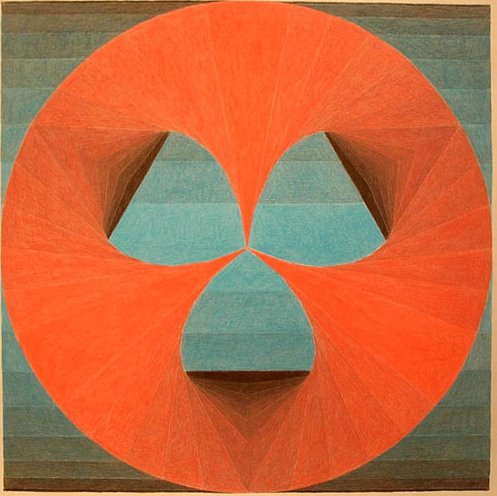
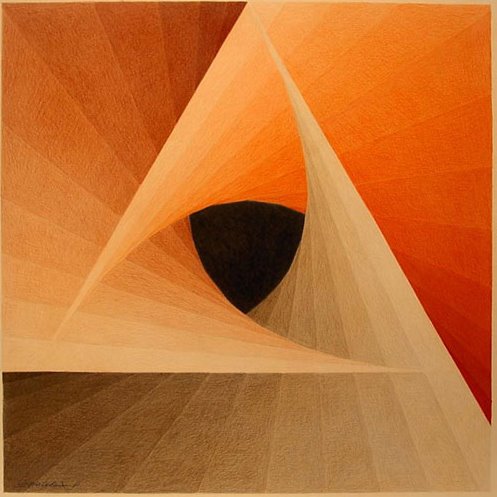
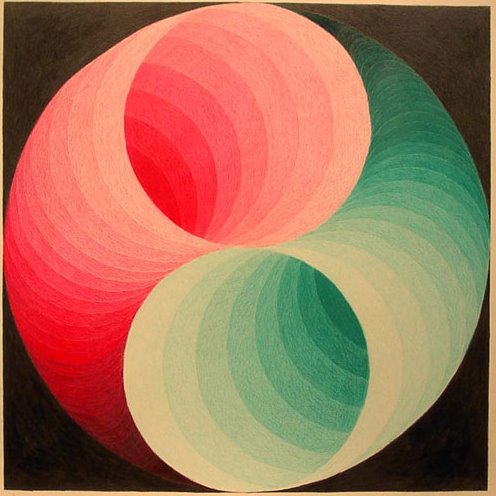
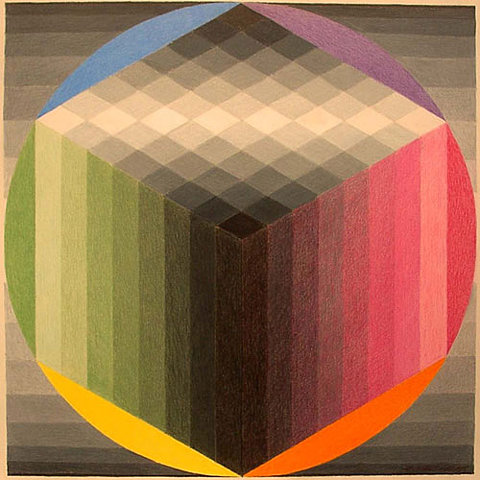

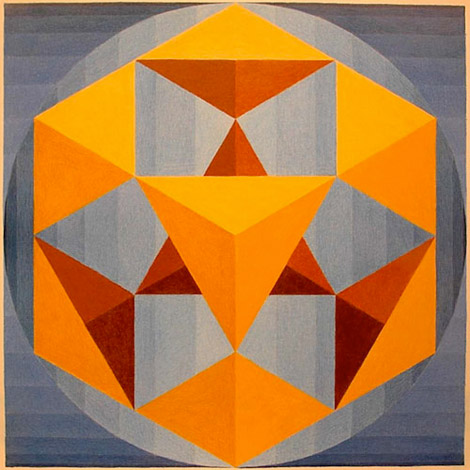
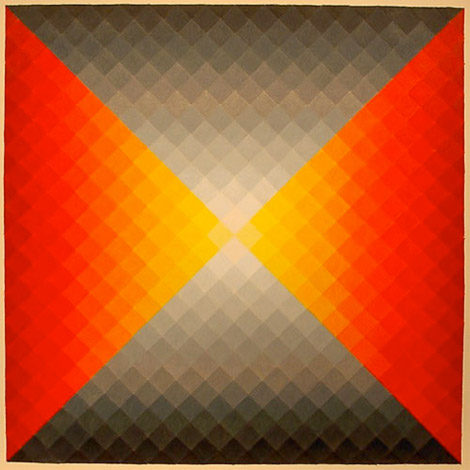
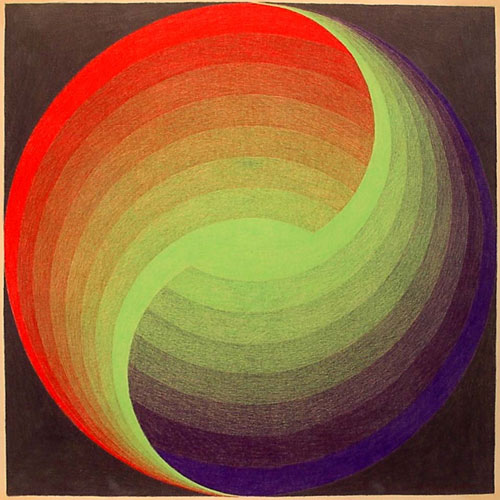
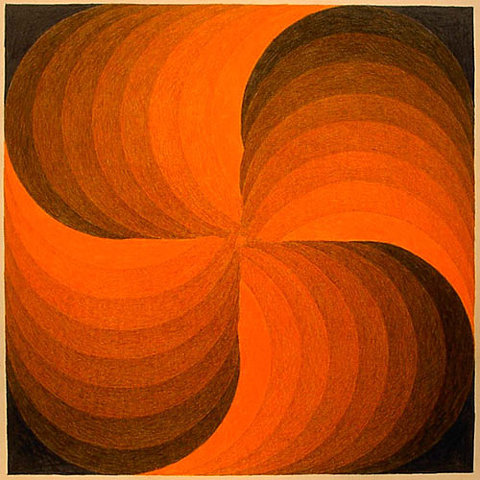

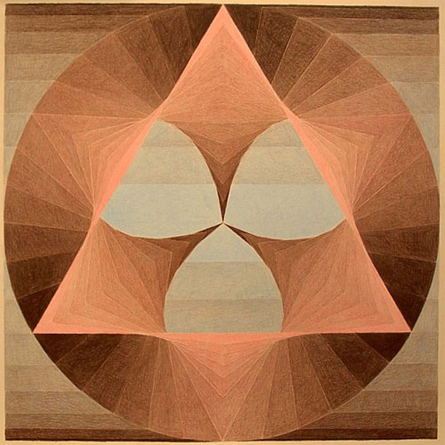
Life of Zanis Waldheims

Gorgeous! A new one for me, hadn't heard of him until now, thanks ; )
ReplyDeleteThis is my grandfather. Thanks for your kind words!
ReplyDelete